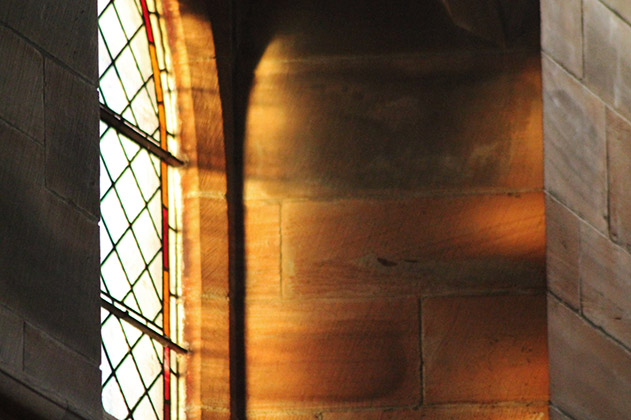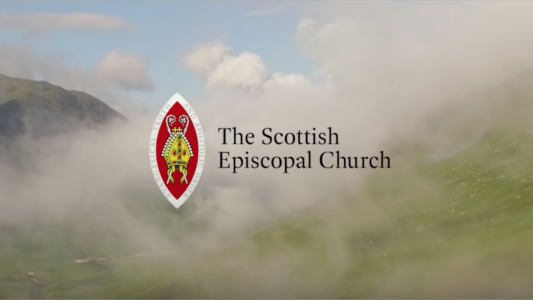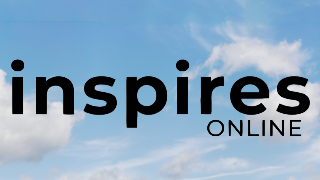- Equipment should be inspected as part of your overall health and safety risk assessment. Such equipment ranges from hand-held power tools, ladders, hammers, drills, knives and screwdrivers to office equipment such as computers and photocopiers.
- You must ensure that:
- those using equipment have enough knowledge and training to use it safely.
- the equipment is suitable for the job including, where appropriate, the provision of safety guards and personal protective equipment
- it is maintained to keep it safe at all times
- it is inspected at suitable intervals if wear and tear might cause risks
- Certain systems in your buildings, such as the electrical system, require periodic checks to ensure that they remain functional.
Further information can be found in the HSE Guidance note: “Inspection of work equipment”.
Periodic Inspections
1) Fire Extinguishers
Fire extinguishers require an annual inspection from a competent person to British Standard 5306 Part 3. Fire extinguisher servicing is a legal requirement.
In addition to the annual testing, extinguishers should be discharge tested every 5 years for water, foam and powder and 10 years for CO2. The test makes sure they actually work and are in good condition internally and must be carried out by a competent person
2) Fire Alarm
The fire alarm system should be adequately maintained. This should be done annually by the Fire Protection Company used to service the fire extinguishers.
The fire alarm system bell / klaxon should be tested weekly and the results recorded
A full evacuation exercise should be carried out annually.
3) Carbon Monoxide Detectors
Carbon monoxide detectors in areas like kitchens and boiler rooms where combustion takes place, should be tested monthly. This does not require to be done by a competent person, Detectors should be replaced every 7-10 years
4) Emergency Lighting
Emergency lighting should be tested periodically (approx. every 3 months) to ensure that all lights operate when the supply is isolated. There should be an annual discharge test for 3 hours to ensure that the lights remain functioning for at least 3 hours. The results of this test should be recorded.
5) Emergency and Fire Doors
Emergency doors should be checked monthly to ensure that they open freely and are unobstructed. Records should be maintained. Fire doors should be checked periodically to ensure that the closing mechanism operates and closes fully.
6) Portable appliance testing (PAT Tests)
All socket fed equipment should be inspected and tested every 2 years. A register of PAT tests should be maintained, and it is usual practice to ensure that the tested equipment carries a label to indicate the status & next test date.
7) Electrical (System) Inspection
Required under the IEEE Regs. The maximum period between inspections of the total system by a competent & registered electrician, is 5 years. It is recommended that this be carried out just before the SEC Quinquennial Inspection.
8) Lightning Conductors
By law, lightning protection testing must be carried out at the installation stage and then at 11-month intervals. Records must be kept.
9) Defibrillator
Where defibrillator are installed, they should be checked for battery status monthly. If necessary, this could be arranged at no cost by the First Responders. If no defibrillator exists, a notice should be displayed to indicate the location of the nearest one.
10) First Aid Kits
The first aid kits need to carry a clear sign and the contents listed and maintained on a monthly basis
General advice on safety checks in Community Halls
A useful checklist from the HSE is provided here
Please note that checks 1,2 (excluding bell tests) and 7 require to be carried out by competent contractors.
Toolkit Contents
- Toolkit Home
- Health and Safety Policy Statements
- Risk Assessment
- Reporting Injuries
- Events Safety
- Food Hygiene
- Maintenance & Construction Safety
- Equipment Safety Checks (current page)
- Fire Risk Assessment








